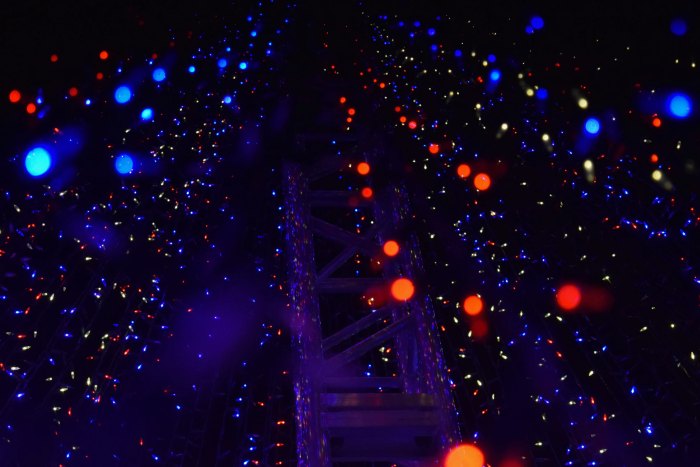
Storytelling is a central feature of journalism, where stories are combined with numbers. New study “Re-imagining the quantitative-qualitative relationship through colouring and anchoring” by Brendan T Lawson of University of Leeds examines metaphors used by journalists to describe their storytelling in humanitarian crises: colouring and anchoring.
To examine what type of metaphors journalists use in storytelling, Lawson interviewed 16 journalists covering humanitarian crises, The interview participants were found from a research project on how five digital news outlets covered crises. A corpus of 978 articles was studied and the interviewees had authored at least one.
The metaphors of ‘zoom-in, zoom-out’ colouring and anchoring rose from the interview themes, and a saturation point was reached with the themes and there was a consensus between the interviewees.
The metaphors
Zoom in, zoom out refers to specific-general distinction and the way the journalist moves in writing between the two. Zooming-in is qualitative: it is about details of an individual, while the quantitative zooming out allows the journalist to see how the individual is set among others.
When zooming in, the journalist finds an individual that is representative, while zooming out gives explanation. The metaphor, however, does not allow for analysis or reconceptualization of the relationship between numbers and non-numbers. For that, colouring and anchoring are needed.
Colouring
The metaphor of colour in journalism appeared first in the late 19th century and was then used in a sensationalistic context. It was then in opposition to factual reporting and associated with bias.
Now it has become an essential part of journalism itself: it is associated with local colour, depth, insight, and the personal. It means leaving office and spending time with the source, and providing somatic details.
The colour metaphor is aptly contrasted with black and white: traditional cold rationality. Like in a painting, non-colour or black and white provides the form, while colour provides the texture.
Unlike Deleuze and Guattari who favor colour over form, journalism values both. According to Lawson, Colour is particularly important in crisis storytelling, providing compelling personal testimonies that paint the story viscerally.
Anchoring
Numbers are used to anchor the story. Interviewees describe it as something solid and quantifiable, not just personal anecdote. There were ontological assumptions that numbers are more rooted and solid, also reflected through the metaphor. The author suggests that more understanding is needed on how anchoring works for journalists with different specialisms – the photojournalist, the data journalist etc.
The article “Re-imagining the quantitative-qualitative relationship through colouring and anchoring” was published in Journalism (free abstract).
Picture: bokeh photography of stucture by Brian Suh, license Unsplash